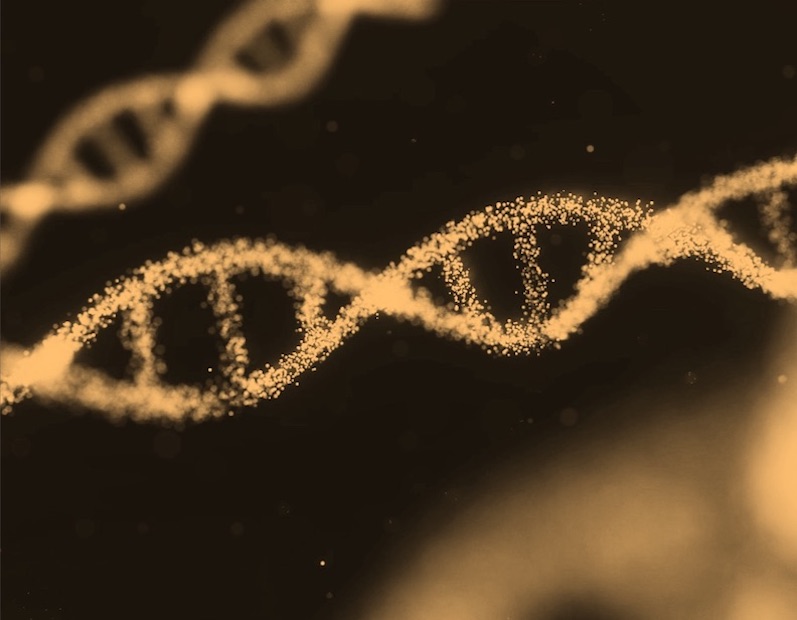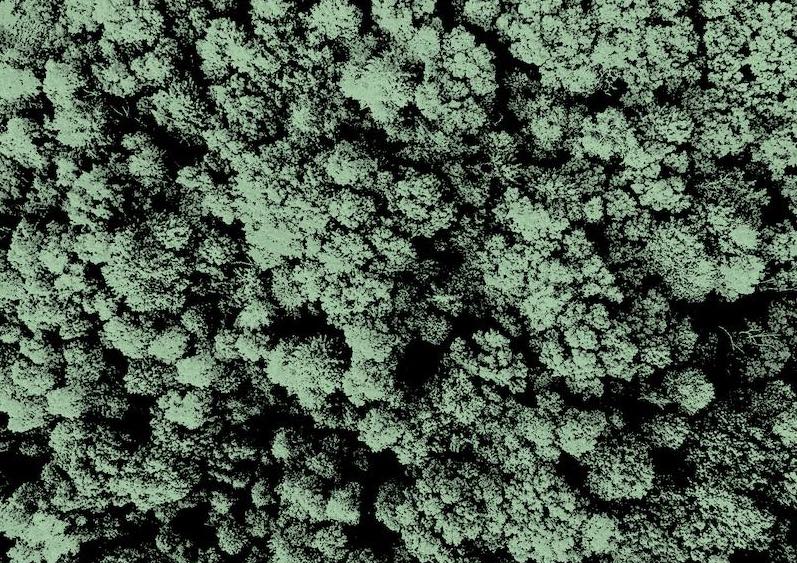What is it about?
This paper describes how to produce quantitative maps of friction coefficient using the atomic force microscope. A polymer blend exhibiting regions of surface-exposed poly(methyl methacrylate) and polystyrene is used as an example.
Featured Image
Why is it important?
Being able to map friction alongside typography (height scale) information has many applications in materials science. Significantly, this paper provides a quantitative scale of friction that is not usually considered when producing AFM friction maps elsewhere. This is important so that different friction maps can be compared.
Perspectives
The video in the Resources area summarises the approach. A free postprint version of the paper will be uploaded here soon.
Dr James R Smith
University of Portsmouth
Read the Original
This page is a summary of: Friction coefficient mapping using the atomic force microscope, Surface and Interface Analysis, September 2004, Wiley,
DOI: 10.1002/sia.1914.
You can read the full text:
Resources
Contributors
The following have contributed to this page







